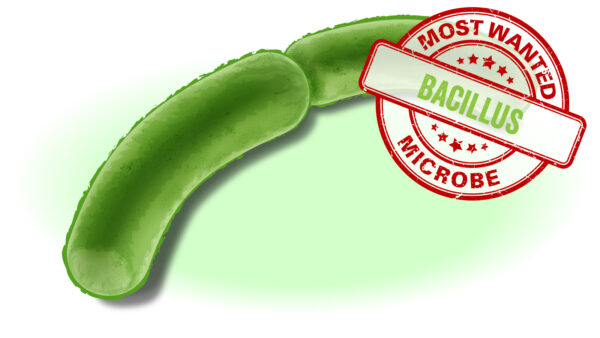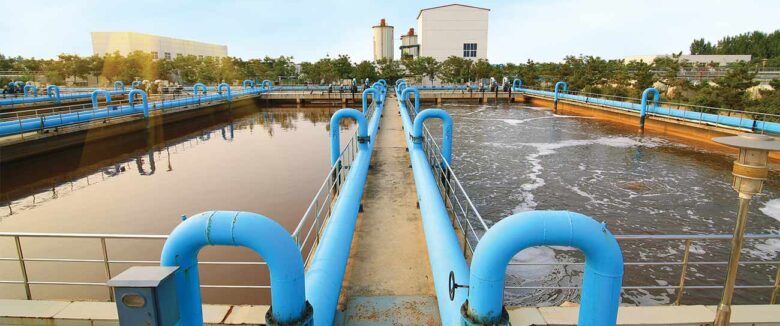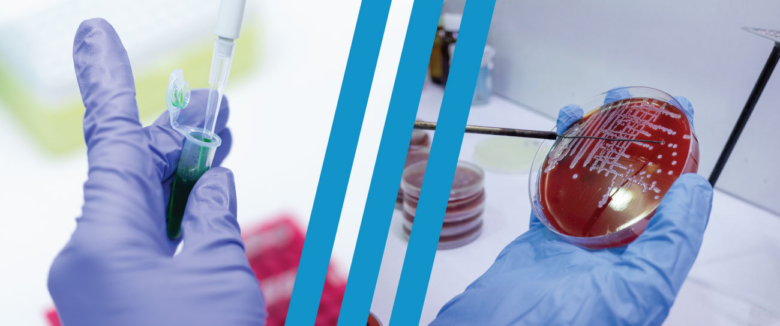From the editor:
This is the twelfth post in an ongoing series profiling microorganisms of particular significance in water and wastewater systems. In this series we will cover microorganisms of many types including some that are beneficial, inhibitory and pathogenic.
Bacillus is a genus of microbes that has many positive uses in various industries such as medical care, and veterinary care, but can be very costly for papermakers.
This rod shaped bacteria can exist as both an aerobe and an anaerobe, meaning that this tiny creature can live with or without oxygen, so it can infiltrate the press section, wire section, headbox, and even the back corner of your broke dump chest that has had a non-functional agitator for several years. It thrives in 50°C conditions but is also quite comfortable in the 30 to 50°C range, which is where the vast majority of paper machines tend to operate.
As Bacillus multiplies by feeding off the many abundant food sources present in papermaking (starch, CMC, etc.) many problems can occur. Many species of Bacillus can produce copious amounts of enzymes which can degrade wood fibre, thus reducing strength properties of the paper. Other species can degrade important wet end chemistry such as retention aid, drainage aid, strength aid and more. Moving forward from the wet end to the paper machine itself, Bacillus is implicated in the formation of slime. Bacillus has a tendency to form colonies that have a particular affinity for attaching to stainless steel. As the slime builds to critical mass it can cause downtime from sheet breaks, sheet defects, holes and off-spec product.
Bacillus can be controlled by chlorine dioxide programs, monochloramine, and many toxic biocides commonly used in the paper making process. Controlled dosing for slime control and wet end microbial control can be costly in itself: too little biocide and you won’t solve the problem, while too much biocide and you may be robbing Peter to pay Paul. Sure, you may rid the machine of slime, but at the cost of your retention program.
The heart of any good paper machine biocide program lies in proper monitoring tools and diligent test regimes to ensure the program maintains peak efficiency. Contact us today to learn about how you can incorporate rapid microbial testing using 2nd Generation ATP into your monitoring program for slime.









